How to pass IELTS Reading with the highest score
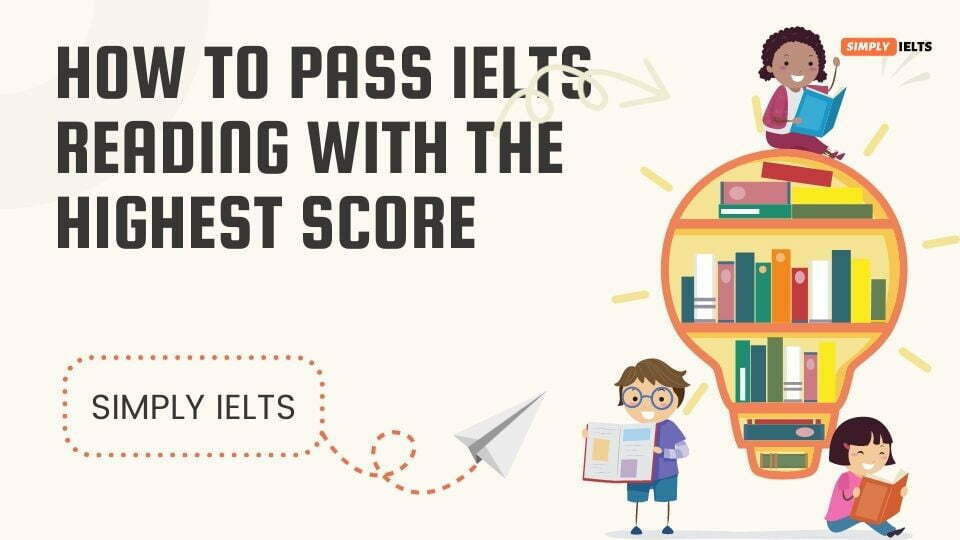
How to pass IELTS Reading with the highest score: IELTS Academic Reading Tips for Students

Do you want to know how to pass IELTS Reading with the highest score? We will tell you how to properly prepare for this exam and how to work with the text during it. All the secrets of successfully passing IELTS Reading in our article!
The second part of IELTS Academic is reading. You will have only an hour to work through three texts! How to work with texts and have time to answer all the questions correctly?
How to take IELTS Academic Reading
In the exam, you are asked to read three texts and complete various tests that test your reading comprehension. In general, there are 40 tasks, that is, about 13 for each text.
Each correct answer is worth 1 point. You have exactly 1 hour to complete all tasks. It is important to remember that unlike the Listening part, you will not have extra time to transfer your answers to a special form. Therefore, you need to leave at least 7-8 minutes to transfer the answers.
It must be admitted that when a person sees one of the texts typical for IELTS Academic for the first time, he falls into a state of mild shock. The texts are quite long (2150-2750 words) and authentic: they are taken from books, scientific journals, etc.
The topics are very different and may not be very familiar to you, to put it mildly: you may have to read about goosebumps, or maybe about airplanes . However, it’s not all that scary. First you need to remember two simple rules:
- You do not have to be well versed in this topic, because all the answers are given in the text.
- Don’t worry about unfamiliar words: maybe they are not important to understand at all, or maybe their meanings can be guessed from the context.
How to read correctly on the IELTS exam
Next, we hasten to announce one more good news: you do not have to have time to thoughtfully read and comprehend the entire text in such a short period of time. What should be done? First you need to familiarize yourself with the three main types of reading in English .
- Skimming (from the English skim – skim). In this case, you “run your eyes” through the text in order to understand what it is about in general, to catch the essence.
- Scanning (from the English scan – to look out). You also scan the text, but with the aim of finding specific information. For example, you need to find out how many people live in Abuja (Nigeria’s capital), run your eyes through the text in search of numbers, preferably seven digits.
- Detailed reading (detailed reading) involves carefully studying the information in order to understand every nuance. Again, only certain parts of the text will require you to use this particular technique.
Now let’s look at what these techniques look like in practice. To begin with, we advise you to read the title of the text and the first paragraph, i.e. Introduction. This will help to formulate an idea of what is at stake in this text. Read the first sentences of each paragraph. Why the first sentences? In English they are called topic sentences. They tell us what the paragraph is about, serve as a title for it.
Then proceed to read the questions. It is possible that the answers to some questions will be known to you from what you have already read. As for the rest, you will roughly know in which paragraph to look for them. At the same time, sometimes you will have to use scanning (if the answer to a question involves numbers, names and dates, then they can be easily found in the text with your eyes) or detailed reading (if you meet a question like True / False / Not Given, when you need to think about what was in mind).
It should be noted that this is only one of the approaches. Try it, check how effective it is in your case. Don’t be afraid to make adjustments. You must find something that will work for you. Of course, for this you need to do more than a dozen trial tests, which is why it is important to start preparing in advance.
How to prepare for IELTS Academic Reading
- Take as many different tests as possible in conditions that are as close as possible to the exam (track the time).
- Practice transferring the correct answers to the sheet. Yes, students make most of the mistakes precisely because the answers in a hurry are not always transferred correctly. Remember that the notes on the worksheets do not matter, the examiner only checks the form.
- Note that in the test task you may not find exactly the same words and expressions as in the text, the questions will be rephrased. This is done in order to check whether the person just “blindly” chose the correct option or really understands what the text is about.
- Understand the types of questions in IELTS Reading. I would like to draw special attention to some of them:
- True / False / Not given. It is important not to confuse False and Not Given. In the first case, the statement contradicts the information in the text. In the second, it means that nothing was said about this in the text. At the same time, do not use your general knowledge for answers, rely only on the provided text.
- Short answer questions. In this case, you need to answer the question by selecting certain information from the text. In this case, you need to rewrite exactly as in the text, without changing anything.
- Read as much literature as possible in the original, and not just texts from practice tests. Everything will do: various articles on the Internet or magazines, fiction, etc. Reading not only helps to increase vocabulary, but also helps you get used to the English text, learn to understand and “feel” it.
- Learn to work with unfamiliar words in the text. Some of them can be skipped, but there are times when a word has a special meaning for understanding a sentence. First determine the part of speech (this can be done quite easily, since English has a fixed word order). Also pay attention to word-building prefixes and suffixes. For example, the prefixes un-, ir-, mis- are negative, i.e. with their help they form words that are opposite in meaning (responsible-irresponsible). The suffixes -ion -ment, -ness are used to form nouns (to agree-agreement).
- Don’t get hung up on one question. If you don’t know the answer, skip the sentence and keep working. At the same time, never leave a question unanswered on the form. Just try to guess, points are not taken away for the wrong answer, so you do not lose anything.
- Always read assignment instructions carefully. If YOU MAY WRITE NO MORE THAN TWO WORDS AND / OR A NUMBER is written, this means that a three-word answer will not be counted. Also, in the case of matching tasks, the instructions indicate whether some option can be used several times.
We hope our tips will help you prepare and take the IELTS Academic Reading test.


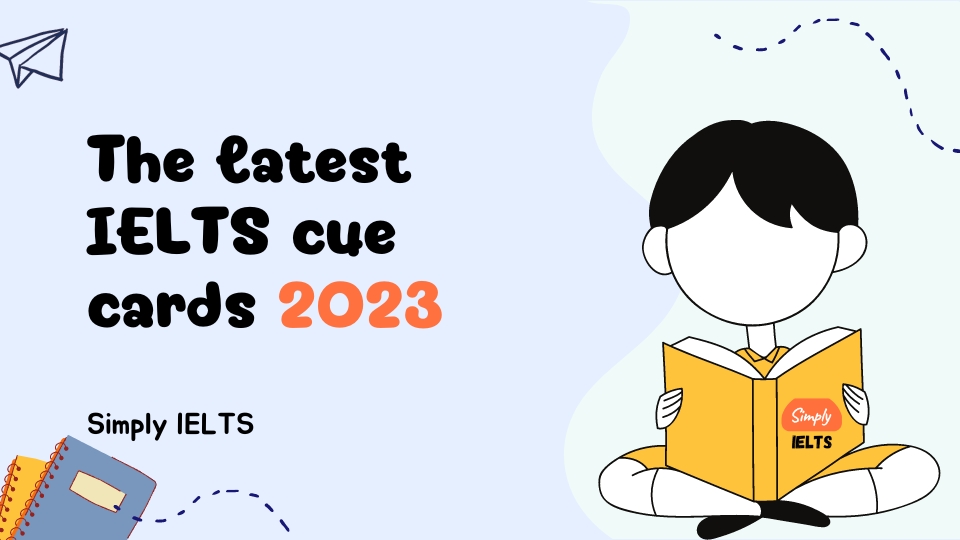
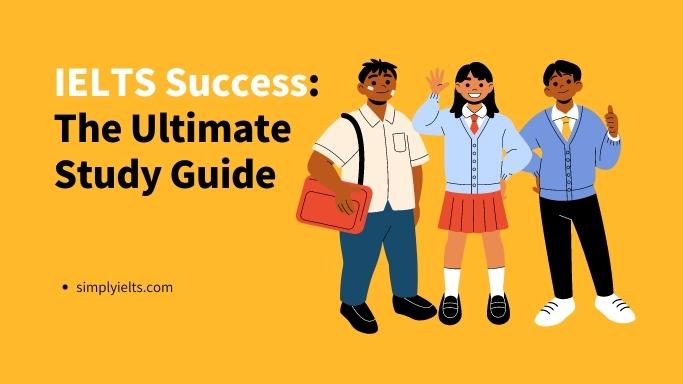

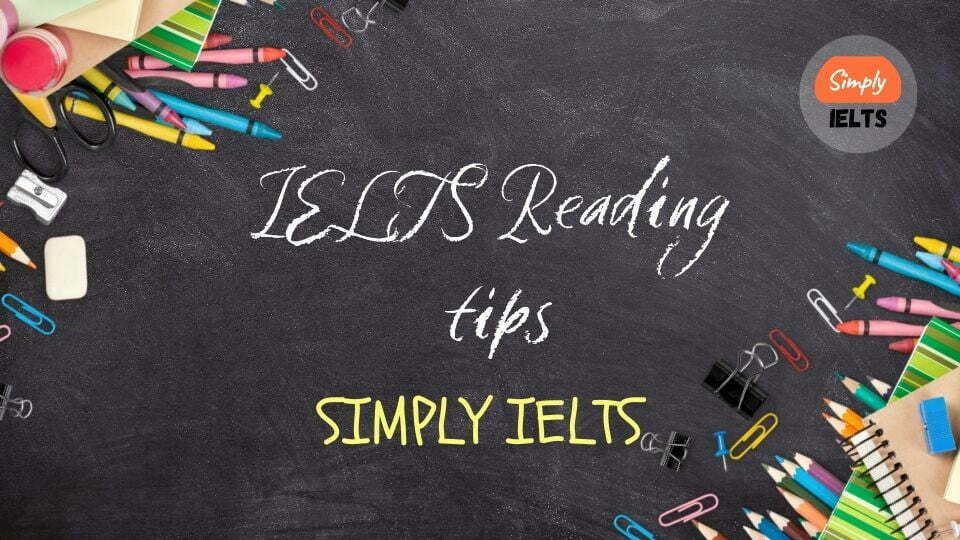
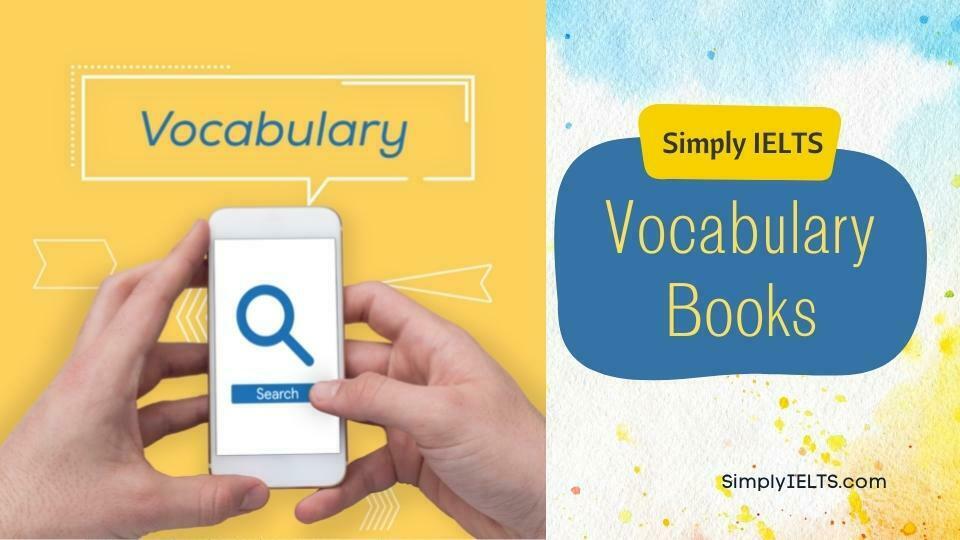
Responses